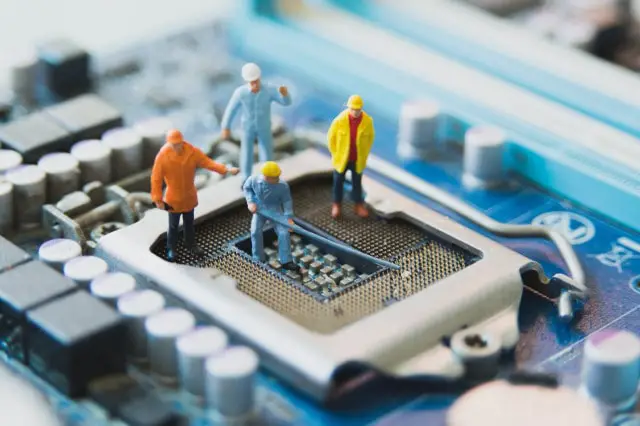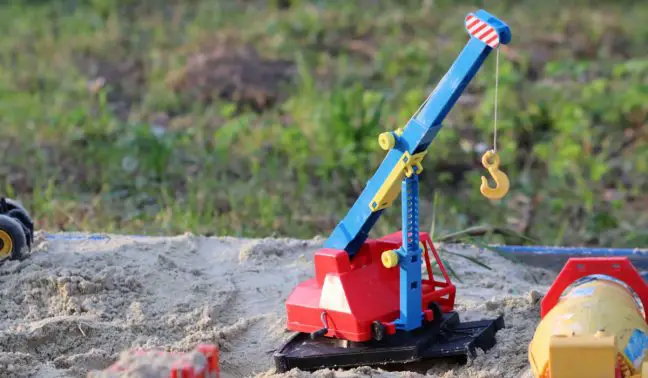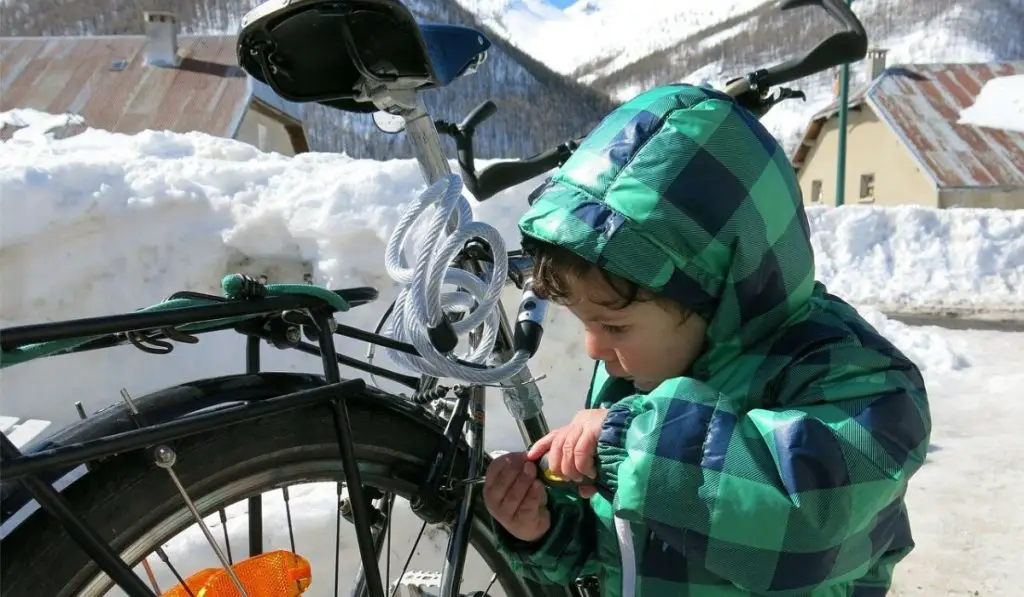Do you think there’s a budding engineer in your child? Would you like to give them a headstart in the engineering world? Or would you only like to teach them a few skills that they could benefit from using?
Engineering is a sought-after profession across the world. We’re always going to need engineers, just like we’re always going to need teachers and leaders, regardless of how our world changes. With AI threatening to disrupt many industries and take a slew of jobs away from people, engineering may take a knock. However, human beings are innovators. We think, do, and create. It’s not that engineers are being sought all over the world because the word engineer is a cool name. It’s that the STEM way of thinking behind the word “engineers” draws attention.
Over the past 50 years, engineering has changed drastically. Yes, problem-solving is still the core function of engineering, but engineers are solving problems that are far more complex, challenging and relevant to our times. Challenges like poverty, disaster relief and climate change. And they’re doing this in cities, rural villages and all the places in between.
Countries that desperately need engineers will need to import the necessary talent to solve these problems. But who cares more about a country than a native? Natives are passionate about solving problems for their people.
Furthermore, Forbes recently compiled a list of jobs that are disappearing from the US. Was engineering one of them? No.
Elon Musk, one of the greatest innovators and engineers of our time has recently suggested that one should consider a career path to choose that will be probably least affected by AI – engineering.

Thinking of giving your kids a future skill they could make use of? Engineering could be a good bet.
Myths and Realities of Engineering
Are you afraid that engineering will turn your child into a mini-robot? Are you scared it will take away your child’s ability to communicate with others and build relationships?
For many parents, engineering is not the path they want their children to follow. At first glance, engineering looks cold, mechanical and a completely left-brained lifestyle.

This is one of the myths of engineering. Yes, engineering relies on mathematical abilities, but for the most part, engineering involves creative thinking, experimentation, innovation, and right-brained approaches. And lastly, teamwork. In a world of division, teamwork unites all people towards a common goal. Engineers often work on big teams, where everyone needs to contribute, participate and play their part in the completion of a project.

Status quo of our schooling system and some challengers
Do you believe that your child’s school is growing their abilities to create, experiment, innovate and work in teams? Traditional schooling comes from an industrial age when factories were mass-producing goods. These factories had to operate at the highest efficiency to extract the highest profit. These factories needed to mass-produce valuable products, batch processing them. They needed people to work in these factories, and that was where mainstream schooling was born.
Now, don’t get me wrong. I’ve got nothing against the school system. Children need to learn basic literacy. Also, my parents were both teachers so its value has been deeply ingrained into me from an early age. And yes, the education system has improved. It has a very different focus these days. And there are some systems that are working well. The Montessori approach allows for greater individuality, while the scrum method in the Netherlands is fostering a new level of teamwork with their innovative approach to learning.
If your child needs to go to preschool, some other great schools are Goddard or Primrose. You may want to be careful with KinderCare when comparing it with Primrose since the former doesn’t have a STEAM focus.
However, for the most part, typical schooling still lacks in the areas of experimentation, creative thinking, and innovation. This is where you as a parent can help fill in the gaps that such schooling could potentially leave.

First, find out what THEY want
There’s no better place to learn anything than at home. And there are no greater teachers than parents. But engineering isn’t something you simply force onto your children. They will revolt, procrastinate and you’ll end up wasting each other’s time.
The most important first step is to find out what your children want? Are they curious about how the sun works? Do they want to learn how to fix their own bike? Do they want to build an alarm system that would alert them when someone wants to enter their room? Are they looking to find solutions to the problems within their environment?
Once you know what they want, you can then ask yourself this question: “Is engineering and the principles behind it going to help my child get what they want?”
If the answer isn’t yes, yet, or if you’re still a little confused, let me run you through an experiment that you can try at home with your kids. It will give them a chance to see if they would actually enjoy engineering.
A Simple Challenge
Every one of us uses engineering principles every day, without even knowing it. Yes, some will use these principles to greater effect than others, but we can all learn how to be more effective. Including children. The following challenge is great for gearing up your children to understand how engineering plays a part in our lives. It is a process similar to the Plan-Do-Check-Act (PDCA) method, which was popularised by W. Edwards Deming.
The Oil Spill Challenge – Engineering at Work
Have you ever tried to separate oil from water? It can be quite a challenge. This is engineering at its simplest. However, the STEM process can be used to turn this into a real-life learning experience for you and your children. Let me explain.

#1 Ask a Question
The first place to begin with the STEM approach is to ask a question. With this challenge, ask your children, “Is it hard to separate oil and water?” You can discuss actual oil spills in the ocean, relating it to real life. Ask, “What impact does an oil spill have in the ocean?” and, “What can we do to solve the problem?” Engineering starts with the end goal in mind and then works its way back to the beginning of the plan. Listen to what your children have to say, acknowledging all their insights.
#2 Imagine a Solution
In this step, we activate the imagination, igniting our child’s creativity. Ask your children, “What can we do right now to solve this problem?” and “How do you think we can separate oil from water?” Make a note of all of their ideas. Ask them how feasible each one is. Is it something you can experiment with at home? Where can you research these potential solutions? What materials will you need? Let them think big during this period. You may be impressed with what your children come up with! Once you’ve done enough research, get your children to choose one idea that they would like to implement. They need to choose it. Not you. This is how they take full ownership of the experience.
#3 Create the Plan
Now that you have your chosen idea, start working on a plan to get it working. What materials will you need? What steps do you need to follow?
#4 Implement the Plan
Follow the steps that you’ve agreed on with your children. Even if the plan isn’t working. Follow them through to completion. Go to a store together to buy the materials they need. Make it a multi-day activity to get them excited for days. If it works out, great! If it’s not working yet, then prepare for the next step.
#5 Improve the Plan
Did you find anything that didn’t work? Now it’s time to ask your children, “How can we improve our plan?” or “How do we make our plan better?” By doing this you’re getting them to think critically about the steps to the plan that they’ve created. Give your children time to think about what to change and improve. Keep reminding them that the goal is still the same, to separate oil from water. The plan may need to change slightly.
If they were successful, then give them a chance to refine their process to cut out additional waste. There is ALWAYS room for improvement.
Keep going forward until you get the results you’re looking for.
#6 Share the Learning
Once you’ve achieved success, celebrate the victory and then ask your children, “Now that we’ve learnt how to do this, who can we show that would be interested in knowing how to separate oil from water?” It might be a neighbour or a relative, or your child might want to create even a short YouTube video. The key here is to get your children communicating what they’ve learnt.
“Tell me and I forget. Teach me and I remember. Involve me and I learn.” – Benjamin Franklin
Teaching and learning are connected: one supports the other. But that’s not all. It’s in the sharing that the learning is not only consolidated, it also creates a new habit of sharing learning. The more we share our learnings (with people who are interested in them) the more we accelerate the world’s learning.
Thinking like an engineer
You can apply engineering thinking to just about any problem you can imagine. Your children may turn out to be philosophers, musicians, artists or even comedians. However, what’s the harm in learning how to solve problems with a reliable, effective process?
Engineering is for more than just engineers.
If your kid decides one day to really become an engineer, that might be the key to lifelong employment. And who doesn’t want to ensure for his kid a bright future with tons of career opportunities?

nice article